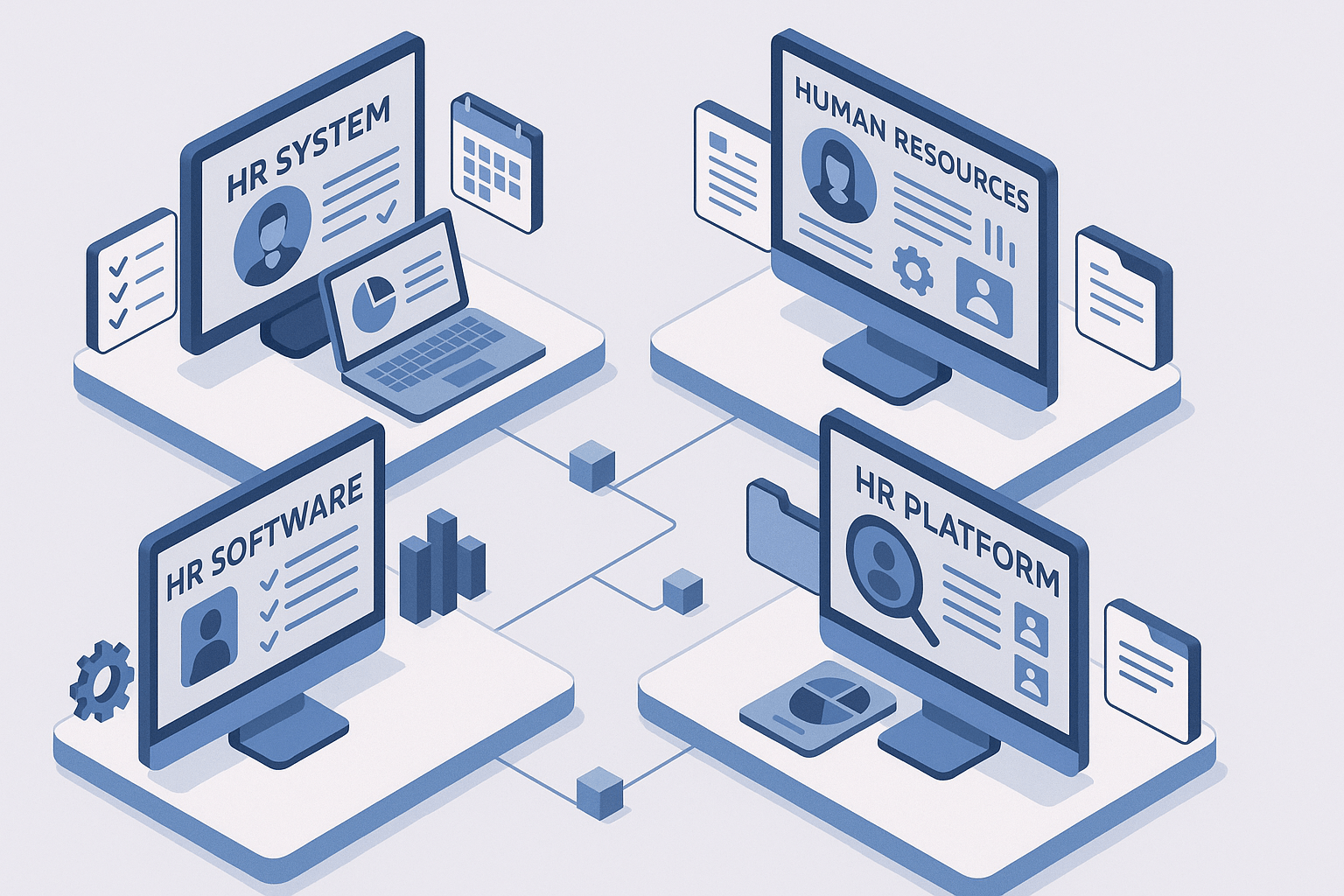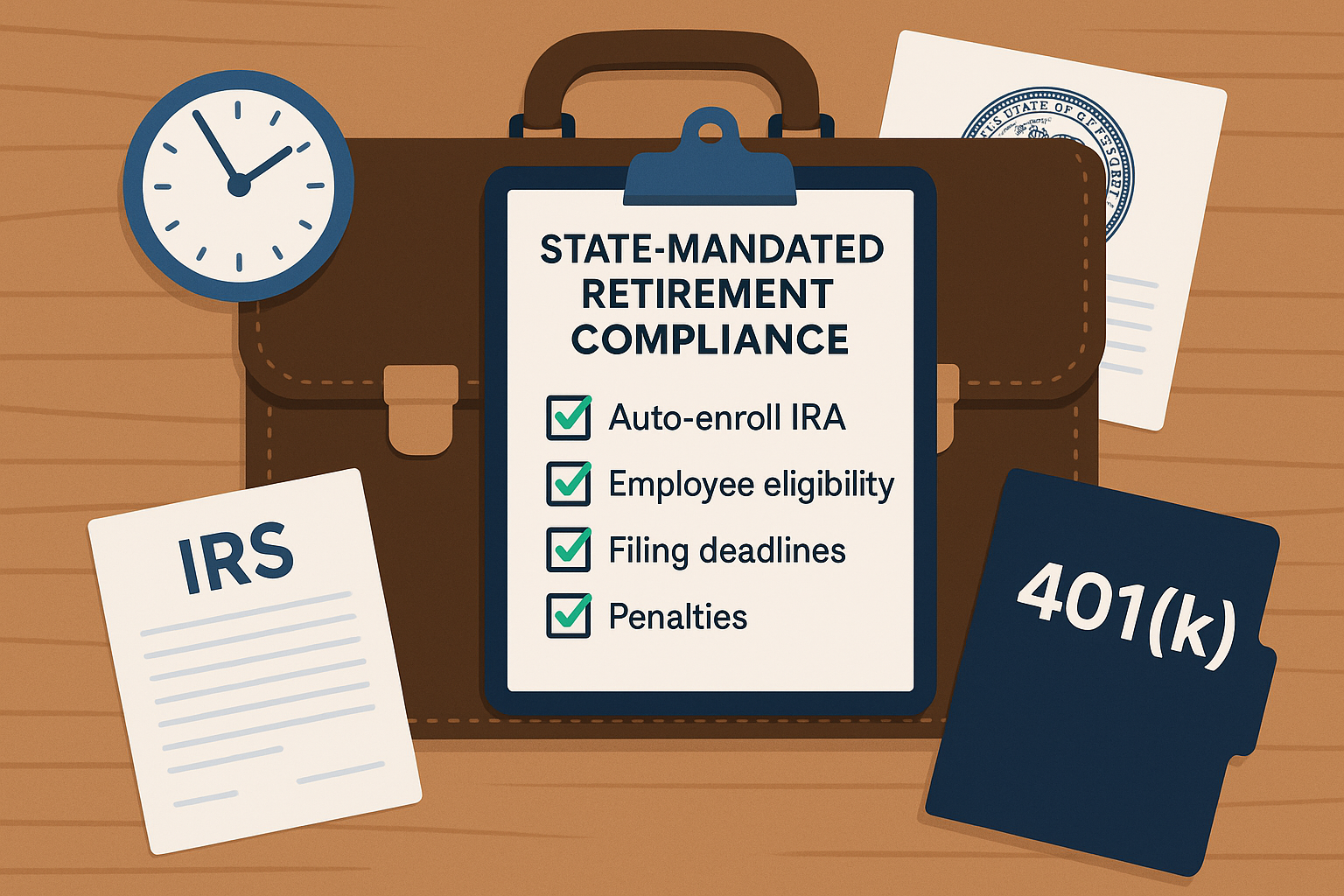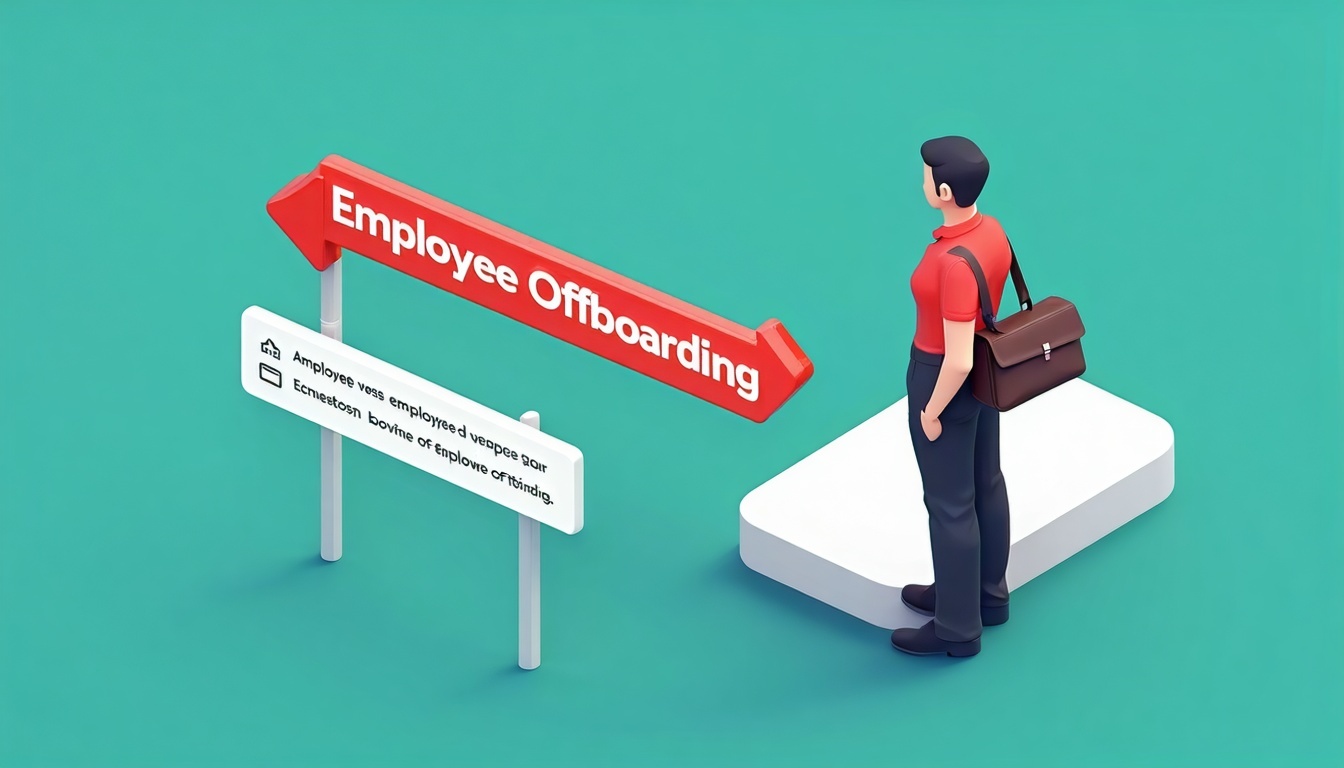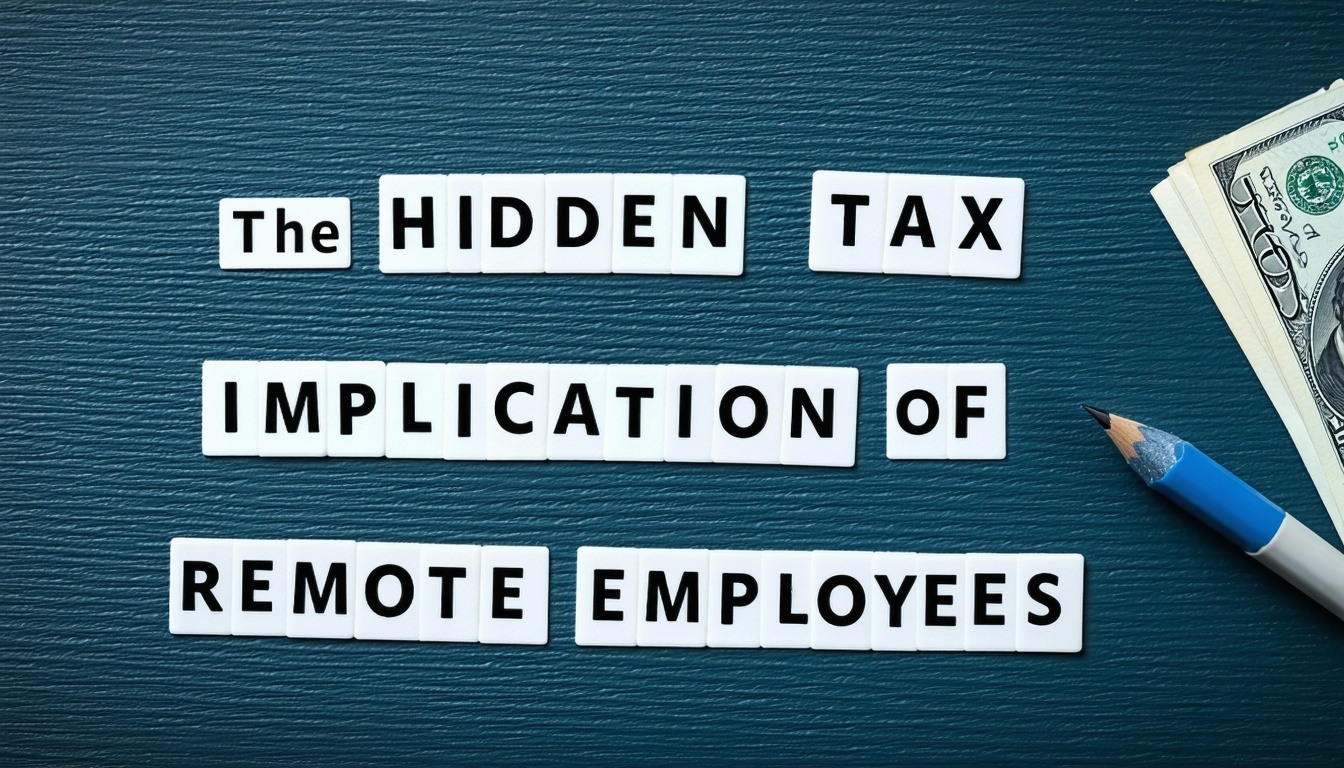Wage and Hour Compliance Every Business Owner Should Know
March 24th, 2025
6 min read

If you’re unsure whether your business is fully compliant with wage and hour laws, you’re not alone. Maybe you’ve never run into issues before, or maybe you assume your payroll software has it all covered. But with stricter enforcement, more informed employees, and evolving rules around remote work and gig labor, doing things “the way we’ve always done them” isn’t enough anymore.
At Lift HCM, we work with business owners and HR teams every day who are trying to stay ahead of compliance challenges—often while juggling everything else that comes with running a business. We understand the pressure and know how easy it is to make mistakes that can lead to fines, lawsuits, or reputational damage.
In this article, you’ll learn exactly what you need to know about wage and hour laws in 2025—from minimum wage rules and overtime eligibility to the most common compliance mistakes and how to avoid them. You’ll also see how payroll and HR compliance work hand-in-hand and why using the right tools can make all the difference.
Table of Contents
- Understanding the Basics of Wage and Hour Laws
- Why Wage and Hour Compliance Is Crucial
- Essential Wage and Hour Laws Every Business Owner Should Know
- Common Compliance Pitfalls and How to Avoid Them
- Building a Culture of Compliance: Practical Steps for Business Owners
- The Future of Wage and Hour Compliance
Understanding the Basics of Wage and Hour Laws
Wage and hour laws are regulations designed to protect employees from unfair treatment and ensure they receive proper compensation. These laws cover:
What's Covered by Wage and Hour Laws?
- Minimum wage requirements: The lowest legal rate employers can pay workers
- Overtime compensation: Extra pay for hours worked beyond the standard workweek
- Breaks and rest periods: Required meal or rest breaks for employee well-being
- Record-keeping: Employer's duty to maintain accurate time and pay records
Violating these rules, even accidentally, can result in severe penalties. As these laws become increasingly complex, employers often struggle to keep up with changes. That's why it's critical to stay informed and have reliable systems in place.
Why Wage and Hour Compliance Is Crucial
1. Tougher Enforcement: Government agencies now use advanced technology to catch violations. In 2024 alone, the Department of Labor recovered over $240 million in back wages from non-compliant employers.
2. Heightened Employee Awareness: Employees today are better informed about their rights than ever before. With social media and instant sharing platforms, any pay-related grievance can quickly become public, leading to negative publicity for your company. By ensuring compliance, you're not just avoiding legal trouble—you're also protecting your brand reputation.
3. Competitive Advantage: Upholding wage and hour laws is more than a legal requirement; it's a reflection of your company's ethics. Businesses that prioritize fair compensation and transparent payroll systems tend to attract and retain top talent. In competitive markets, offering a culture of compliance can set you apart from employers who cut corners.
💡 Pro Tip: Companies with strong compliance records report 21% higher employee retention rates compared to industry averages.
4. Technological Opportunities: Modern payroll solutions have revolutionized how businesses handle HR compliance. With automated systems, real-time reporting, and integrated audits, technology can do most of the heavy lifting, drastically reducing human error.
Essential Wage and Hour Laws Every Business Owner Should Know
Wage and hour laws can differ by state, region, city, or county. However, there are fundamental principles every business owner should understand in 2025.
The Federal Minimum Wage
The federal minimum wage sets the baseline for employee compensation. Many jurisdictions mandate higher rates, particularly in areas with high living costs. Staying current with minimum wage laws is essential, as they can change based on economic conditions and legislation.
Key considerations:
- Tip Credits: In certain industries like restaurants, employers can count tips toward meeting minimum wage requirements (with restrictions)
- Local Variations: Cities often set their own minimum wages above state or federal levels
- Industry-Specific Rates: Some sectors have different minimum wage requirements
Overtime Pay Rules
Overtime is typically paid at 1.5x an employee's regular hourly rate for hours worked beyond 40 in a workweek (in most U.S. jurisdictions). However, several important exceptions exist:
Exempt vs. Non-Exempt Employees: Certain categories of employees, like salaried managers or professionals, might be exempt from overtime requirements. Correctly classifying workers is crucial for compliance.
Daily Overtime Laws: Some jurisdictions require overtime pay for hours worked beyond a specific daily threshold (typically 8 hours), regardless of weekly totals.
📊 Industry Stat: Nearly 30% of wage and hour lawsuits involve overtime pay disputes, making this a high-risk area for businesses.
Record-Keeping Requirements
One of the most overlooked aspects of compliance is proper record-keeping. Employers must maintain accurate records of:
- Hours worked by employees
- Pay rates and wages paid
- Deductions from wages
- Employee information
Best practices for record-keeping:
- Digital Systems: Paper records are prone to errors and loss. Modern wage theft laws typically require digital record storage for easier auditing.
- Retention Period: Most jurisdictions require keeping payroll records for at least 3 years, with some requiring longer periods.
Child Labor Regulations
If your business employs minors, specific regulations limit their work hours and permitted activities:
- Restrictions on working hours during school days
- Prohibitions on hazardous work assignments
- Special break requirements for younger workers
- Work permit requirements in many jurisdictions
Meal and Rest Break Requirements
Requirements for breaks vary significantly by location. Generally:
- Many states mandate 30-minute meal breaks for shifts over a certain length
- Some jurisdictions require additional 10-15 minute rest breaks for every few hours worked
- Regulations often distinguish between paid breaks (rest periods) and unpaid breaks (meal times)

Common Compliance Pitfalls and How to Avoid Them
Even well-intentioned business owners can stumble into wage and hour violations. Here's how to avoid the most common mistakes:
Employee Misclassification Errors
One of the most frequent errors is improperly labeling workers as "independent contractors" when they should be classified as employees. Misclassification typically occurs when:
- The worker operates under direct company supervision
- Your business sets their schedule and workflow
- They primarily use company-provided tools or equipment
Unpaid Overtime Violations
Some managers believe allowing employees to "volunteer" extra hours helps the business. However, if employees are non-exempt, all work beyond standard hours must be properly compensated.
Common overtime compliance issues include:
- Automatic Deductions: Time clocks that automatically subtract meal breaks can cause problems if employees work through breaks
- Off-the-Clock Work: Requiring employees to perform tasks before clocking in or after clocking out
- Misunderstanding Exemptions: Incorrectly assuming certain positions are exempt from overtime requirements
Inaccurate Time Tracking Practices
Small time tracking errors—like forgetting to record an extra 10 minutes each day—may seem insignificant but can become serious legal concerns over time.
Effective solutions include:
- Implementing reliable digital timekeeping systems
- Conducting regular timesheet audits and reviews
- Training both employees and managers on proper time recording protocols
Improper Deductions
Certain paycheck deductions—like uniforms, tools, or cash register shortages—may be illegal, depending on your jurisdiction. Always verify local regulations before implementing any deductions from employee compensation.
Employee Communication Gaps
If your team doesn't understand your wage and hour policies clearly, confusion can quickly lead to complaints or potential legal action. Clear communication through comprehensive employee handbooks, regular training sessions, and policy updates helps prevent misunderstandings and demonstrates good faith compliance efforts.
Managing Compliance with Remote, Gig, and Freelance Workers
Today's workforce extends well beyond traditional office environments, creating new compliance challenges for business owners:
Remote Work Compliance Strategies
Tracking hours for remote employees requires reliable systems. Key considerations include:
- Time zone differences for geographically distributed teams
- Ensuring proper breaks and overtime compliance for remote staff
- Managing different jurisdictional requirements for distributed workforces
Gig Economy Worker Classification
Delivery drivers, ride-share operators, and other gig workers often have unique compensation structures. Business owners must ensure proper classification based on increasingly complex local regulations.
Multi-State Workforce Considerations
If you hire workers in multiple states, you must navigate various employment laws:
- Different minimum wage requirements
- state-specific overtime rules
- state-specific record-keeping standards
Because of these complexities, an all-in-one platform is invaluable. At Lift HCM, we simplify multi-state payroll calculations, ensure compliance standards are met, and keep your records properly organized.
A Quick Wage and Hour Compliance Checklist
Use this checklist to assess your current compliance status:
Building a Culture of Compliance: Practical Steps for Business Owners
Creating a compliance-focused workplace culture not only protects your business from legal exposure but also builds employee trust and satisfaction. Here's how to develop effective compliance practices:
1. Develop Clear Policies, Accessible Policies
Start by creating a comprehensive yet straightforward employee handbook that clearly outlines:
- Wage and hour rules specific to your business
- Overtime policies and approval procedures
- Break requirements and tracking methods
- Reporting procedures for pay concerns or discrepancies
Make the handbook easily accessible in multiple formats, and consider providing it in multiple languages if necessary for your workforce.
2. Train Managers and Supervisors Thoroughly
Managers often handle scheduling and timesheet approval. Equip them with knowledge to prevent violations through:
- Quarterly compliance training sessions
- Updated information on changing regulations
- Clear escalation procedures for questions
3. Establish Confidential Reporting Channels
Encourage employees to voice concerns about payroll issues without fear of retaliation:
- Anonymous reporting options
- Clear investigation procedures
- Non-retaliation policies
This proactive approach helps identify small problems before they develop into major legal issues or damage employee trust.
4. Conduct Regular Self-Audits
Regularly review your payroll systems to identify potential compliance gaps:
- Compare scheduled hours to recorded time
- Check for proper overtime calculations
- Verify employee classifications
- Review break compliance
5. Leverage Technology Solutions
Modern compliance tools automate many manual tasks that traditionally lead to errors. From calculating complex deductions to generating compliance reports, our software at Lift HCM offers:
- Seamless payroll compliance across jurisdictions
- Real-time compliance monitoring and alerts
- Automatic updates when wage and hour laws change
The Future of Wage and Hour Compliance
Navigating the complexities of wage and hour compliance is more critical than ever. As regulations evolve and enforcement becomes stricter, businesses must stay informed and proactive.
At Lift HCM, we are committed to helping you manage these challenges effectively. By leveraging modern technology and fostering a culture of compliance, you can protect your business from legal risks and enhance your reputation.
Remember, staying ahead of compliance safeguards your operations and positions your company as a leader in ethical business practices. With the right tools and strategies, you can confidently meet the demands of 2025 and beyond.
Caitlin Kapolas is a results-driven professional with a strong background in account management and retail. She is dedicated to improving client experiences and building lasting relationships. Caitlin excels in identifying client needs, resolving issues, and implementing customized solutions that drive value. Her effective communication skills ensure high client satisfaction and loyalty, making her a trusted advisor and partner in meeting client needs with precision and professionalism.


























